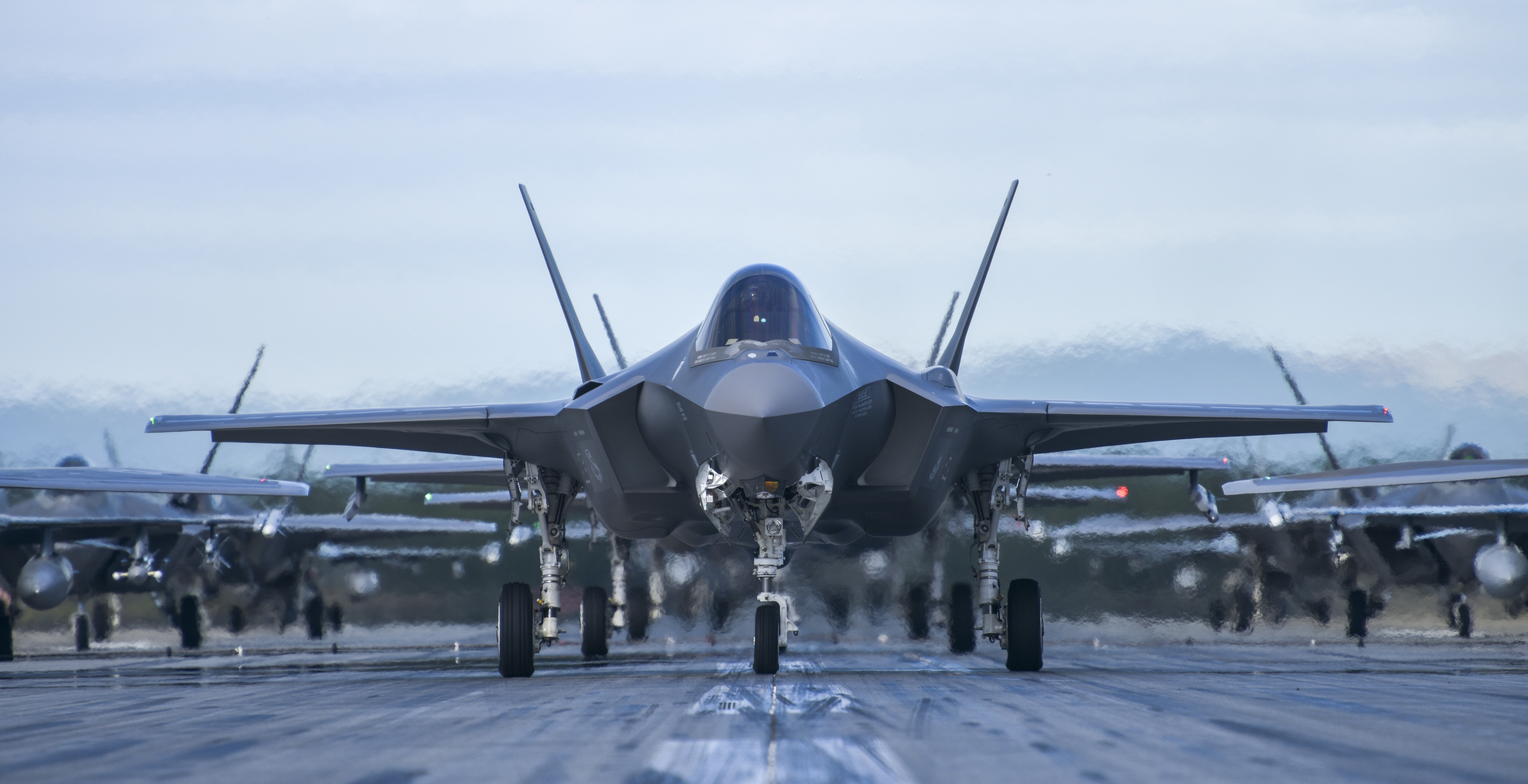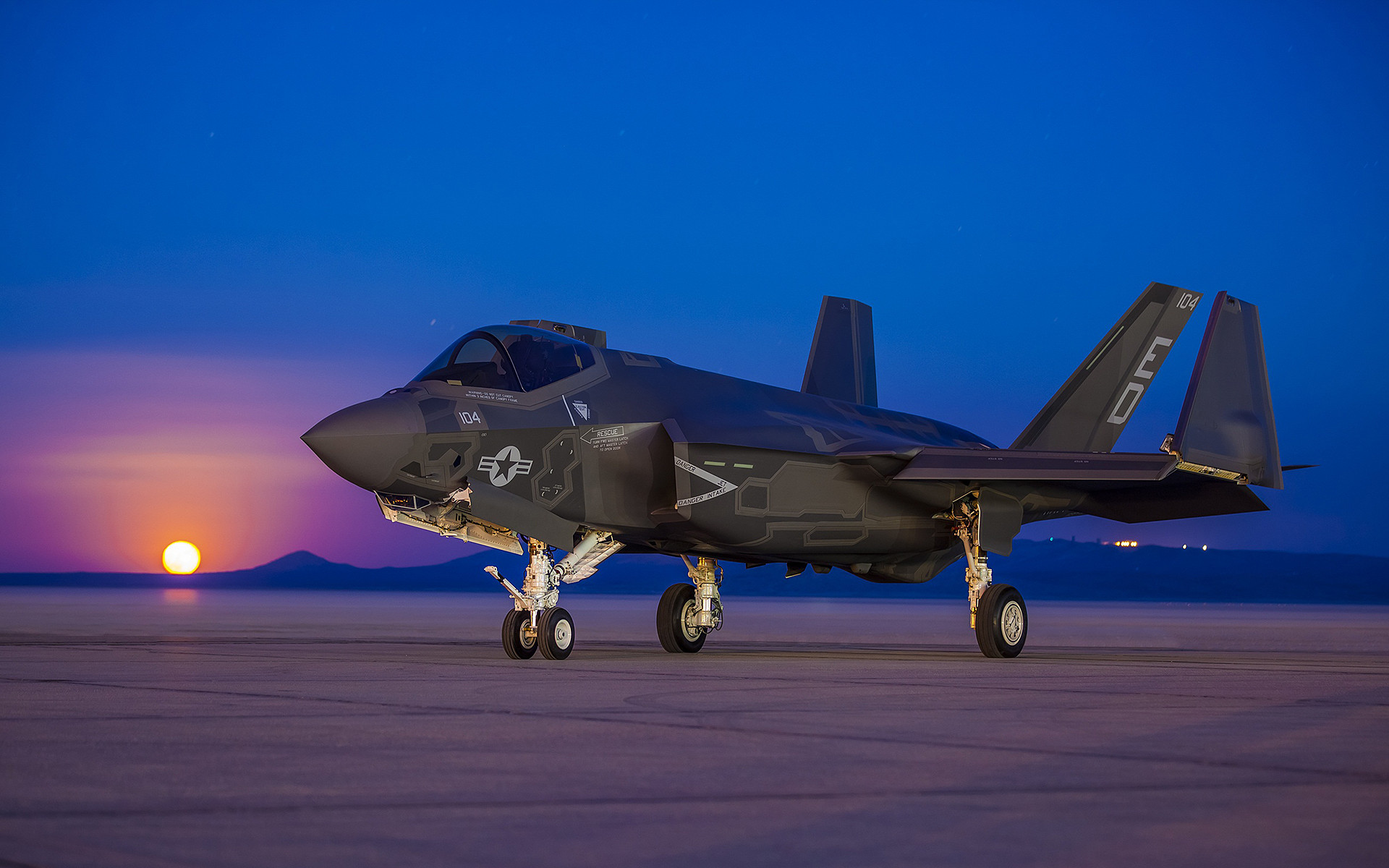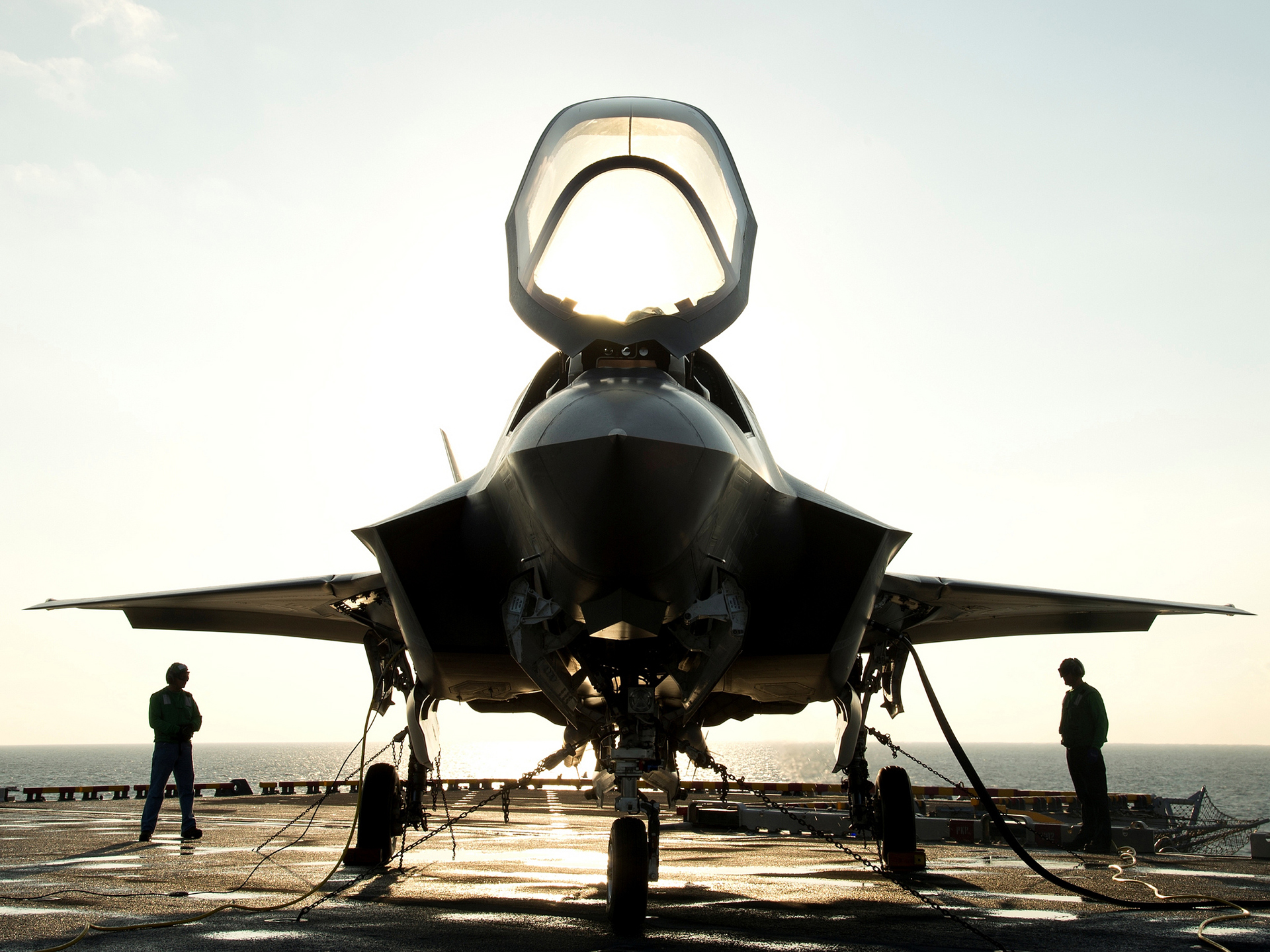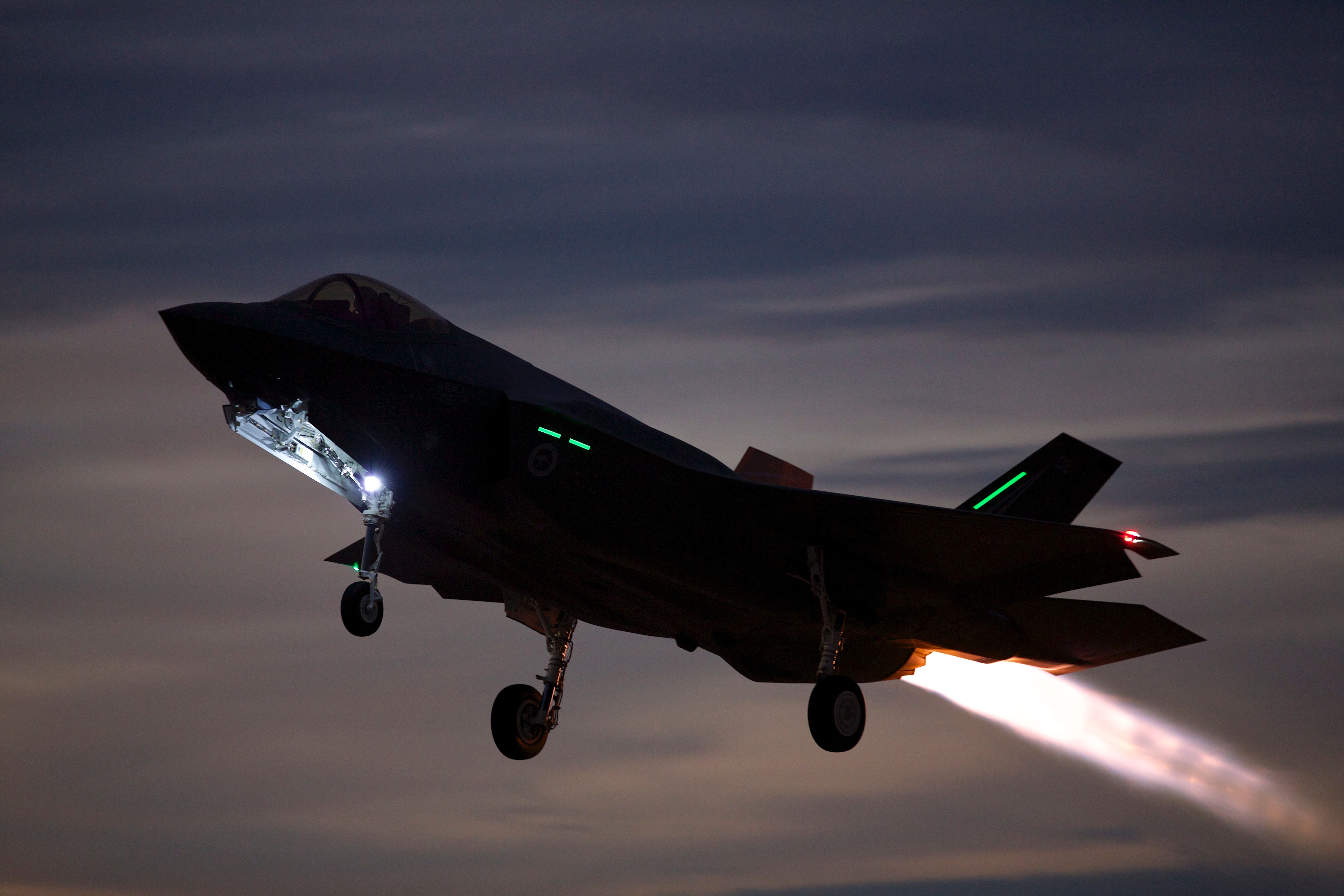The Marvel of Aviation: Unveiling the Design Wonders of the F-35
The F-35 Lightning II, a cutting-edge fifth-generation fighter jet, stands as a testament to the pinnacle of aviation engineering. Developed by Lockheed Martin, this marvel of modern technology seamlessly combines stealth, agility, and advanced avionics, making it a formidable force in the skies. Let's delve into the intricate design features that set the F-35 apart from its predecessors. At the heart of the F-35's design is its unmatched stealth capability. The aircraft's sleek, aerodynamic design, coupled with radar-absorbing materials, renders it virtually invisible to enemy radar systems. This technological feat allows the F-35 to operate undetected, giving it a significant strategic advantage in both air-to-air and air-to-ground missions.
At the heart of the F-35's design is its unmatched stealth capability. The aircraft's sleek, aerodynamic design, coupled with radar-absorbing materials, renders it virtually invisible to enemy radar systems. This technological feat allows the F-35 to operate undetected, giving it a significant strategic advantage in both air-to-air and air-to-ground missions. One of the standout features of the F-35 is its versatility across different variants. The F-35 comes in three main configurations – the F-35A for conventional takeoffs and landings, the F-35B for short takeoffs and vertical landings, and the F-35C designed for catapult launches and arrested landings on aircraft carriers. This adaptability makes the F-35 a valuable asset for various military operations.
One of the standout features of the F-35 is its versatility across different variants. The F-35 comes in three main configurations – the F-35A for conventional takeoffs and landings, the F-35B for short takeoffs and vertical landings, and the F-35C designed for catapult launches and arrested landings on aircraft carriers. This adaptability makes the F-35 a valuable asset for various military operations. The F-35 boasts a state-of-the-art avionics suite, featuring advanced sensors, communication systems, and a highly intuitive cockpit interface. Pilots have access to real-time data and enhanced situational awareness, enabling them to make split-second decisions in the heat of combat. This fusion of technology ensures mission success and the safety of the pilot.
The F-35 boasts a state-of-the-art avionics suite, featuring advanced sensors, communication systems, and a highly intuitive cockpit interface. Pilots have access to real-time data and enhanced situational awareness, enabling them to make split-second decisions in the heat of combat. This fusion of technology ensures mission success and the safety of the pilot. In conclusion, the F-35 Lightning II stands as a triumph of modern aviation engineering. Its stealth capabilities, design versatility, and advanced avionics make it a formidable force in the skies. As we marvel at the F-35, we witness not only the evolution of military aircraft but also the relentless pursuit of excellence in pushing the boundaries of what is possible in the world of aviation.
In conclusion, the F-35 Lightning II stands as a triumph of modern aviation engineering. Its stealth capabilities, design versatility, and advanced avionics make it a formidable force in the skies. As we marvel at the F-35, we witness not only the evolution of military aircraft but also the relentless pursuit of excellence in pushing the boundaries of what is possible in the world of aviation.

























































